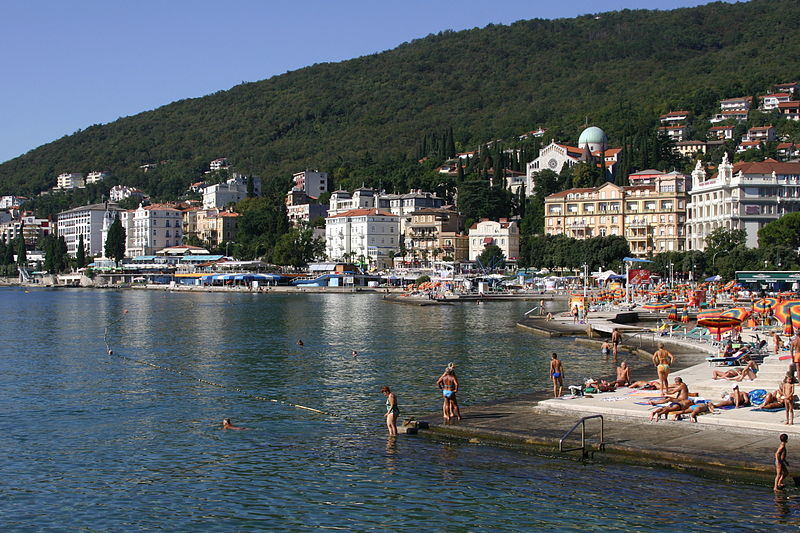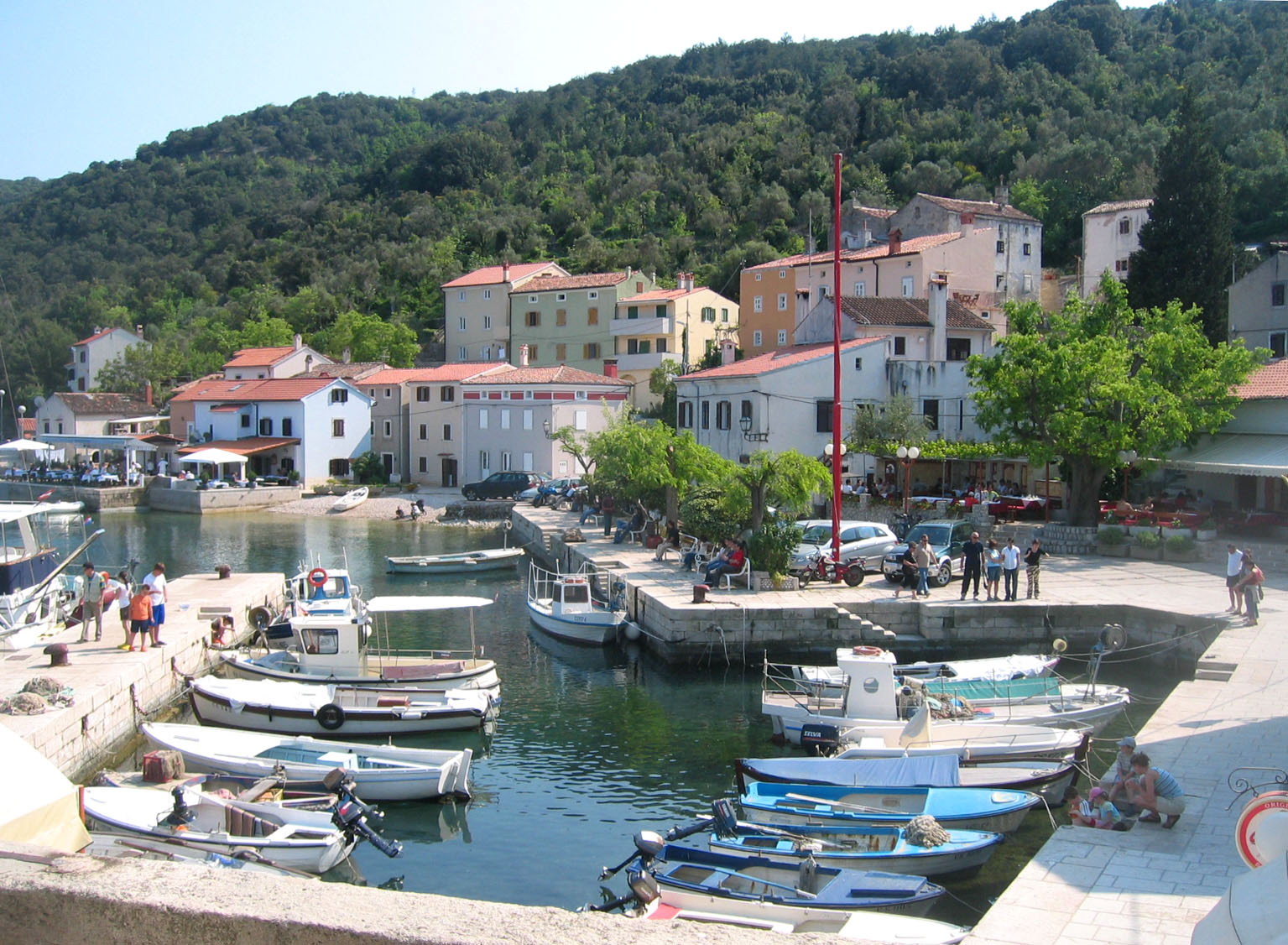Those who visit Dubrovnik or Split during the high season, when a few cruise ships are in town, or perhaps Dalmatian islands in peak season, may be surprised to read about Croatia as undiscovered country. Indeed, with so many tourists walking up and down the streets, hearing skipper’s chatter with the locals and guests on his vessel, avoiding crowded town’s beaches and watching all those boats far from the coast, one may ask how it could be undiscovered. However, there are still wonderful destinations, bays, beaches and sights that haven’t hit the tourist radar just yet.
We all have our hobbies, expectations and demands while visiting a foreign country. Many of us go online in the search for the best vacation ever, looking for local attractions, great accommodation, marinas and bays. Usually we book our holiday in well know destination only to discover there is so much more to see and do in the near vicinity. So, here are some of the secrets and wonders that you may not know.
HUM

Situated in the central part of Istria, Hum is the smallest city in the world according to the Guinness Book of World Records. Established in the Middle Ages and w with only about 20 citizens, it has preserved all of the distinctive features of urban architecture. First mentioned in the 12th century, this little town was once the residence of one of the richest patriarchal servants and now it’s a home of Glagolitic graphite, which is one of the oldest monuments of Glagolitic script in Istria. This is the perfect place for history lovers who may want to stay overnight in the town which is possible only in one or two old houses, or you can spend your night in Opatija, Motovun, Rijeka or Moscenicka Draga. Nevertheless, prepare yourself for temptations that await you in town’s restaurant, also known as konoba. Built in classic stone and wood way, it offers you typical Istrian ham, goat cheese, homemade sausages and of course well known truffles.
THE ISLAND OF VIS

Many miles away from the coast there is this magical island of ship builders, crystal-clear waters, and many secluded and peaceful beaches and bays, with historic ambience of mediaeval cities of Vis and Komiza. The sea around Vis is rich with fish, especially blue one, such as sardine, mackerel and anchovy, which all can be tasted as a part of Dalmatian meal in many restaurants on the island. Its fishermen of the 17th century developed their own type of fishing boat, called falkusa, and it was used until the second half of the 20th century. In 1998, UNESCO included the falkusa in its program of international monumental heritage. It is believed that the first grape vine in Dalmatia was planted by the ancient Greeks and that it was done on a Vis field. Whether or not it’s true, the most famous authentic white wine is definitely Vis Vugava, also present in every restaurant and home. But, this island is unique for many other reasons and the best one is the Blue Cave. Only 5km away from the island of Vis there is a smaller island Bisevo where this magnificent cave attracts many visitors. The entrance to the cave is only 1.5 meters high and 2.5 meters wide. Around 10 to 13 o'clock sunbeams that penetrate through the submarine opening in the Blue Cave, reflect from the white bottom floor and colour the cave in blue and objects in the water in silver. With this entire historical, cultural and natural heritage, it is clear why Vis is on the top of the list for those who seek unique and almost gone authentic Mediterranean way of life.
BRUSNIK and JABUKA

These two islands belong to the Vis archipelago and form the area called "Adriatic Volcanic Triangle". Brusnik and Jabuka are the only two islands that are completely of volcanic origin and thus known as Croatian wonders. Jabuka, which means apple in Croatian, is uninhabited island with access from the southwest side and 97 meters tall cliffs. Boats can rarely been seen around the island because it lies from all sea routes, so only those who made it their destination visit the island. The same goes for Brusnik. But, there is something wonderful and scary about these two islands. Strong wind that grinds their shores, magnetite that causes compass needles to go crazy, that feeling you’re far away from everything you know, and harsh conditions that test your mind and body. So, if you’re up for it, if others call you the biggest outdoor enthusiast they’ve ever met, you should come and visit Jabuka and Brusnik. Remember, do it only in summer months along with the experienced crew because it could be very dangerous for those unskilled skippers.
PALAGRUZA

This is a spectacular island, situated in the heart of the Adriatic, and the best place to be if you want a unique holiday spend in its lighthouse and relax on one of the most beautiful beaches, Juzno Zlato. The lighthouse on the island is the largest one on the Adriatic and has its keeper and two apartments that can each accommodate four guests. Beautiful flora and fauna, the richest fish area, archaeological discoveries and underwater secrets are the reasons why Palagruza is considered to be fascinating and exceptional island. The water is clear and visibility is high especially in the morning so this is ideal place for divers who are only breath away from many fish that can rarely be found in other parts of the Adriatic. When we add a famous legend about Diomedes who, as it's believed, found his final resting place on the island which is well guarded by his warriors whose souls great Zeus transformed into birds, we definitely have another place that simply must be a part of a traveller’s itinerary.
THE ISLAND OF LASTOVO

Lastovo island is surrounded by 46 smaller islands and cliffs with untouched nature and numerous bays and is among ten Mediterranean islands that have the most preserved original value of untouched nature and beauty. It is located in Dalmatia, on the south of Croatia, and has clean and warm sea, natural beauties and is rich with fish. This island has its secret too, well hidden from the open sea and protected from the rough sea and strong wind and thus the name Skrivena Luka, which means Hidden Harbour. This is the most beautiful bay on the island, and also the hottest which makes it vulnerable to the forest fires. Hovering over the bay is Struga, one of the oldest lighthouses on the Adriatic Sea. During the summer months Lastovo transforms into the island of music, due to many festivals and music events.
THE ISLAND OF SUSAK

When talking about Adriatic wonders, no one can omit Susak. The island is situated in Kvarner Bay, 10 miles southwest of Losinj Island and it is unique in the whole of the Mediterranean. Susak is completely made of sand so it can be said that it is one large beach with only 4 square kilometers of land. The best way to get to know the island is to walk around it as it has 11 kilometers long track and it only takes about three hours for this tour. With amazing beaches and gorgeous rocks it’s a combination that can rarely be found anywhere else.
You’ve probably heard about these Croatian’s wonders but never found the time to explore them. Well, now it’s time for you to book your sailing holiday and search for the secrets of coastal and sea world that awaits you throughout the whole year.









